Worm gearboxes are an integral part of many industrial and mechanical applications. This article aims to provide an in-depth understanding of worm gearboxes, their structure, function, and their specific application in wind turbine adjustments.
Understanding the Concept of a Worm Gearbox
A worm gearbox, also known as a worm gear reducer, is a type of gear system that consists of a worm (screw) and a worm wheel (like a spur gear). The primary role of a worm gearbox is to increase torque output while reducing the speed of the motor. This function is particularly significant in various industrial applications, including wind turbines.
The Importance of Worm Gearboxes in Industrial and Mechanical Applications
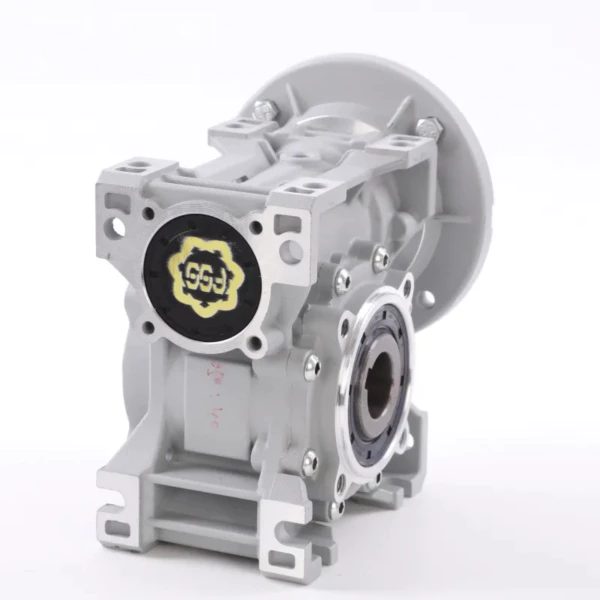
Worm gearboxes have a unique structure that enables them to handle heavy loads with less noise, vibration, and heat. Besides, they provide high torque output, a feature that makes them suitable for heavy-duty applications. In wind turbines, for instance, worm gearboxes are used to adjust the turbine blades and control the rotation speed, thus improving the efficiency of power generation.
Working Principle of the Worm Gear Reducer
The operation of a worm gear reducer is based on the meshing relationship between the worm and the worm wheel. When the worm turns, it drives the worm wheel to rotate, transferring motion and power. As the worm has one or more teeth and the worm wheel has multiple teeth, the speed of the worm wheel is significantly reduced, while the torque is greatly increased. This principle is used in wind turbines to control the rotation speed of the turbine blades.
Basic Structure of the Worm Gearbox
1. Worm
The worm is similar to a screw, and its surface meshes with the teeth of the worm wheel. It is usually made of hardened steel to withstand the pressure exerted during operation.
2. Worm Wheel
The worm wheel is similar to a spur gear, and it meshes with the worm to transfer motion and power. It is typically made of bronze or other non-corroding materials to ensure longevity.
3. Input Shaft
The input shaft is connected to the motor and transfers the input power to the worm. The rotation of the input shaft causes the worm to turn.
4. Output Shaft
The output shaft is connected to the worm wheel. It outputs the reduced speed and increased torque to the load.
Why Worm Gearboxes are Suitable for Wind Turbine Adjustments
There are several reasons why worm gearboxes are ideal for wind turbine adjustments:
1. High Torque Output
Worm gearboxes can significantly increase the torque output, which is crucial in controlling the rotation of heavy turbine blades.
2. Precise Control
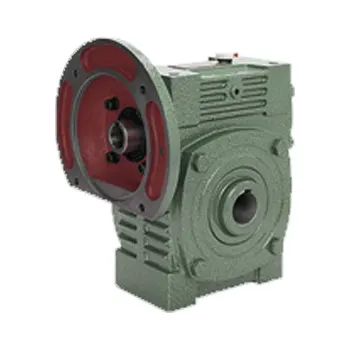
Due to their unique gear ratio, worm gearboxes can offer precise control over speed, which is important in adjusting the position of turbine blades.
3. Durability
Made of hardened steel and bronze, worm gearboxes are known for their durability and long service life, even under harsh conditions.
4. Compactness
Worm gearboxes have a compact structure, making them suitable for wind turbines where space might be limited.
5. Noiseless Operation
Due to their design, worm gearboxes operate with less noise, making them an environmentally friendly option for wind turbines.
Features and Advantages of Worm Gear Motors
Worm gear motors come with several features and advantages:
1. High Efficiency
With their unique gear ratio, worm gear motors can achieve higher efficiency in power transmission.
2. Versatility
Worm gear motors can be used in a wide range of applications, from industrial machinery to wind turbines.
3. Durability
Due to their robust construction, worm gear motors can withstand heavy loads and harsh operating conditions.
Selecting a Suitable Worm Reducer for Wind Turbine Adjustments
Choosing the right worm reducer for wind turbine adjustments involves considering several factors:
1. Torque Requirements
The torque output of the worm reducer should match the requirements of the wind turbine.
2. Speed Reduction Ratio
The speed reduction ratio should be suitable for controlling the rotation speed of the turbine blades.
3. Durability
The worm reducer should be durable and able to withstand the harsh conditions in which wind turbines operate.
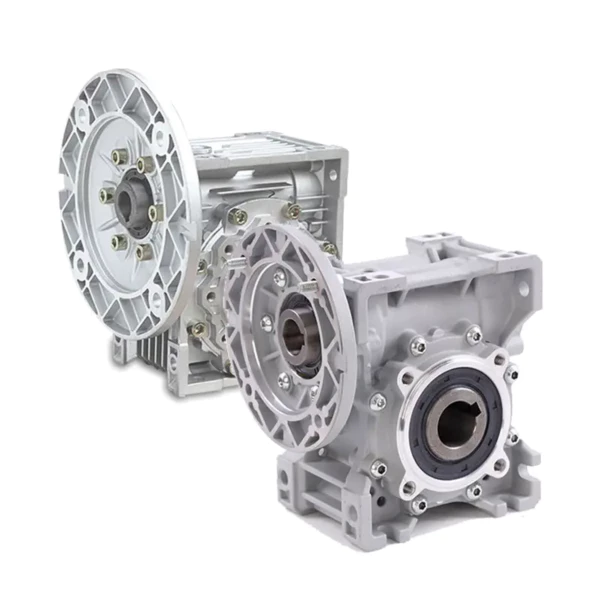
4. Size and Weight
The size and weight of the worm reducer should be suitable for the available space in the wind turbine.
5. Cost
The cost of the worm reducer should be within the budget of the project.
Motors for Worm Gear Reducers
The efficiency of a worm gear reducer largely depends on the motor driving it. We offer a wide range of electric motors that are specifically designed to work with our worm gear reducers. These motors are reliable, efficient, and can be customised to meet specific requirements.
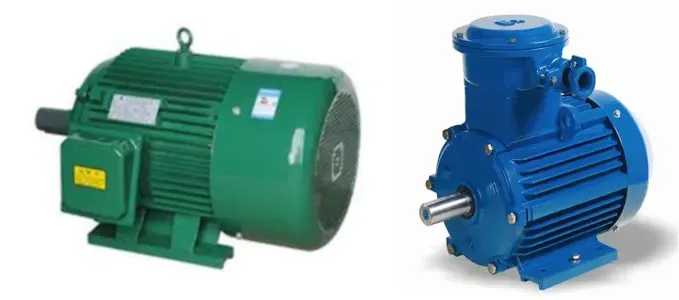
Why Choose Us
We are a leading manufacturer of transmission equipment, with over 15 years of experience in designing, producing, and selling gearboxes. Our worm gearboxes are widely used in various industries, including the wind energy industry. We are renowned for our high-quality products, excellent service, competitive prices, and a strong customer base in Europe and America.
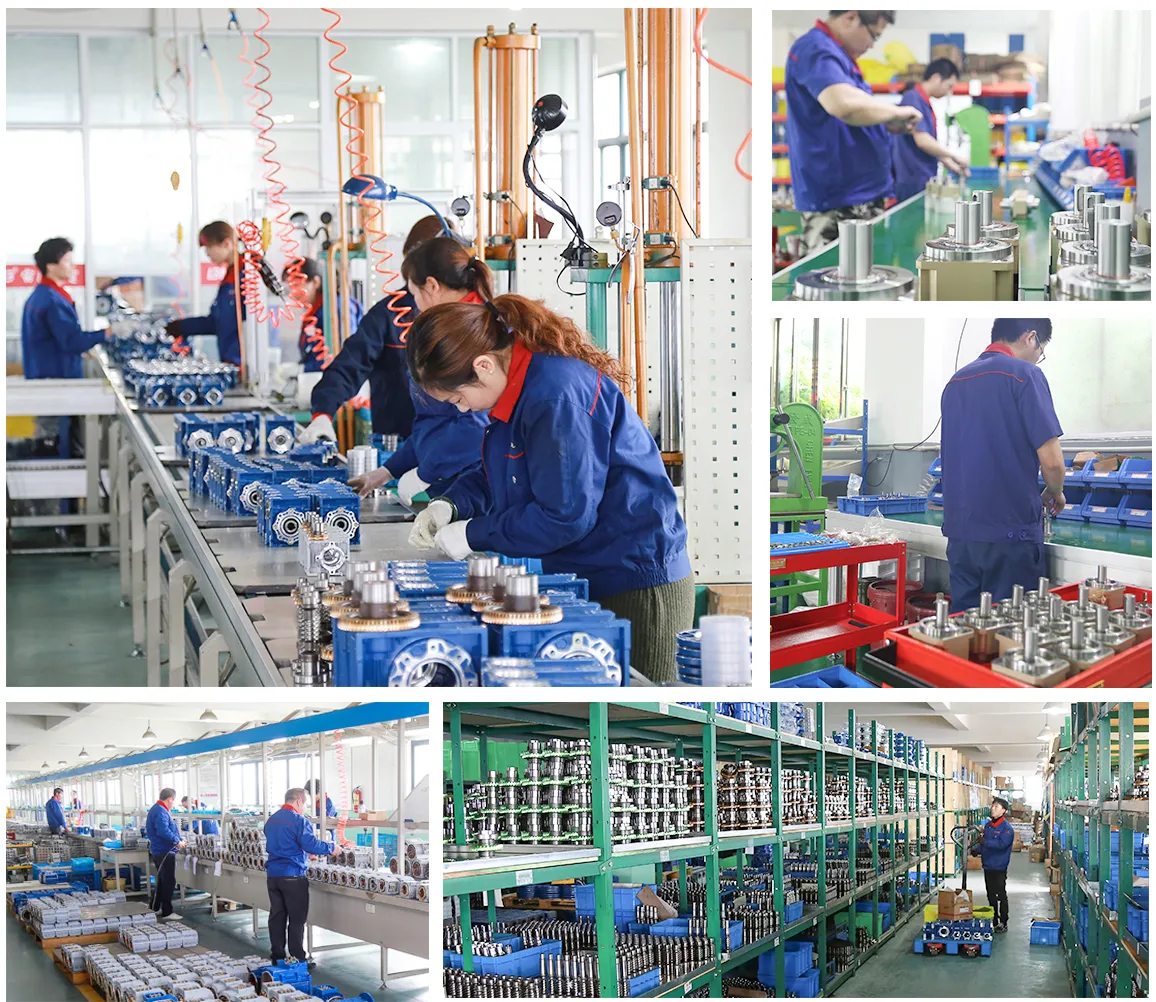
FAQs
1. What is the role of a worm gearbox in a wind turbine?
A worm gearbox in a wind turbine helps in adjusting the position of the turbine blades and controlling the rotation speed, thus enhancing the efficiency of power generation.
2. What factors should I consider when choosing a worm reducer for wind turbine adjustments?
When selecting a worm reducer, consider factors like torque requirements, speed reduction ratio, durability, size, weight, and cost.
3. Why should I choose your worm gearboxes?
Our worm gearboxes are known for their high quality, efficiency, durability, and versatility. Additionally, we provide excellent service and competitive prices.
Edited by Zqq